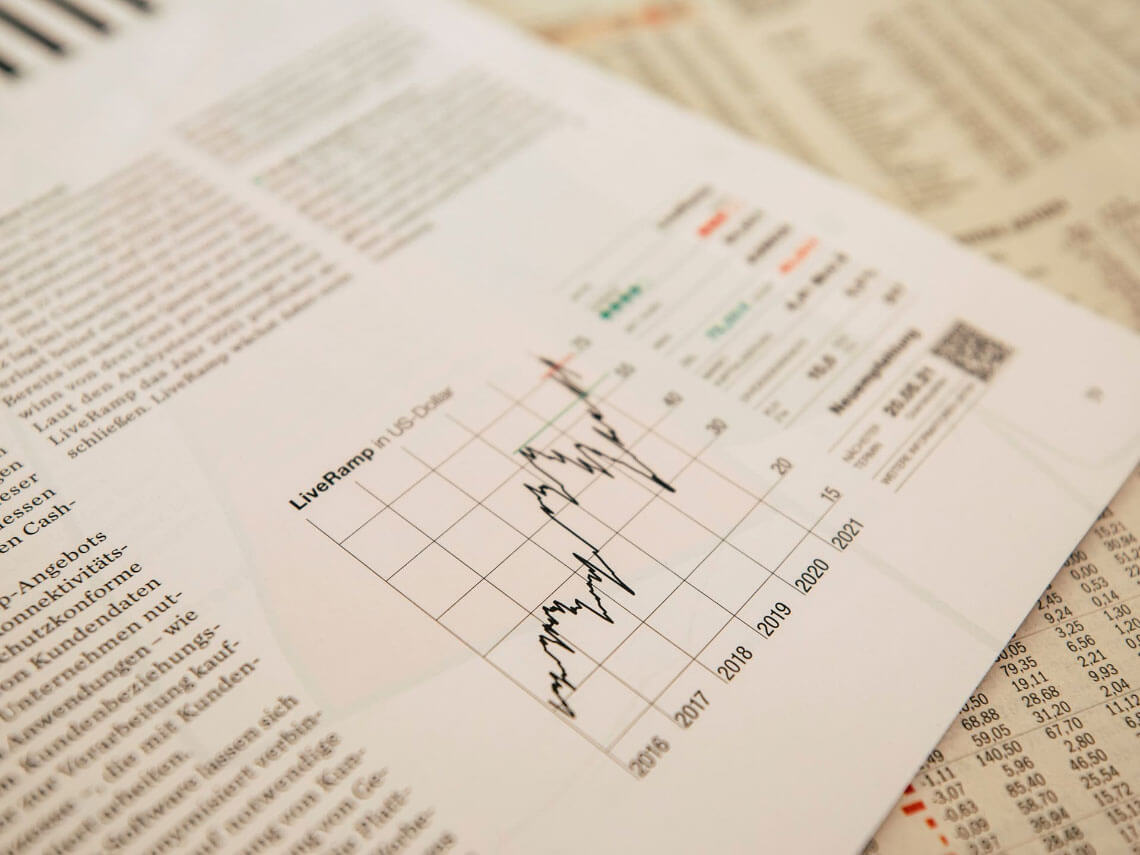From recognizing excess stock to the right level of delivery readiness
Götz-Andreas Kemmner
In our guide to inventory optimization, the author provides valuable suggestions, based on knowledge gained from many projects, which can be used to avoid excess stock and thus liquid funds. In this first part of the series, the “lesson plan” focuses on recognizing overhangs and stock drivers. The second and final part will be published in F+H 7-8/2008. Among other things, you will learn interesting facts about range-oriented scheduling. In order to emphasize the urgency of the issue of inventory reduction, the form of direct address was chosen in this article.
Inventories tie up capital, a lot of capital: on average, companies in the manufacturing sector can reduce their liabilities to banks by 27% or use this capital to finance growth by reducing their inventories by 20%. Inventories also cost money; a lot of money: if you add up all the costs of warehousing, the annual expenses for warehousing often amount to 19 to 30 percent of the inventory value.
Fortunately, quite a few companies think that stocks at least create readiness for delivery. This would be correct if the customer only wanted “something”. Unfortunately, however, most customers have clear ideas and expect very specific items, materials and products, which means that your company’s stock levels are no different to your cereal stocks at home, for example: always trying to have all the cereal varieties that children’s hearts desire, the stock shelves almost collapse. But the only two types of muesli that are at the top of the children’s breakfast menu are, of course, missing.
Let’s be clear: excess stock costs a lot of unnecessary money and does not improve delivery readiness. But how can overstocking be avoided? We all regularly “bludgeon” our stocks down, but as soon as we look away, they grow again like weeds in the garden.
Inventory management is a tragedy in many companies and the failure of the tragic hero (dispatcher) is inevitable. Reducing stocks and keeping them sustainably low is not easy, but it can be done and, the good news is, tragic failure can be avoided if you follow a number of tips and perhaps seek help from an experienced source when the time comes. In most tragedies, this option is open to the heroes, but they don’t use it.

Tip no. 1: Recognize your excess stock
How large are the overstocks in your company for raw materials, semi-finished goods and finished goods? If you don’t know where you want to go in terms of portfolio development, you can’t know when you will arrive. If you do not know which item has excess stock, you cannot know which item you can reduce stock of.
Very few companies know how much excess stock they have. You do not have to turn this question into a scientific paper in the first step. Since you have enough money, otherwise you would probably not be so generous with your holdings, you can also have this question clarified by an advisor. After 20,000 to 30,000 euros in project costs, or one or two more zeros before the decimal point for large companies, you will know exactly how much stock you have too much of, but you still won’t know how to systematically get rid of it.
From many years of experience, we have developed a very pragmatic yet accurate method for estimating excess stock, which we make available to companies free of charge for initial analyses.
You will only be able to use “on-board resources” for a part of the identified surplus stock, as a rule of thumb 30 to 50 percent. But at least you have gained the liquidity to be able to afford the advice of a rescuer (see tragedy) for the rest of the way.
Tip no. 2: Recognize your inventory drivers
If you know where the excess stock is, you can ask the magic question in the next step: “Why …?” Every overstock has its story and some of them are even true. But even from these stories, life lessons can be learned. Systematically go through the items with the highest overstocks and ask why five times for each story. After some time, you will have a catalog of inventory-causing parameters, which we call “inventory drivers”. Some of the stock drivers represent evil witches who are not so easy to burn. However, there are usually also some stock drivers that can be eliminated more easily and quickly.
As with dieting, there are three approaches to reducing weight that need to be tackled together in order to maintain the new figure in the long term. Sometimes it is still quite easy to organize processes properly (= healthy cooking). Is it essential that customers are allowed to leave finished products, which have previously been “bludgeoned through” on schedule with overtime, standing around for four weeks without picking them up and paying for them?
It can be quite difficult to plan properly (= eat in moderation). Many existing diets fail to change the lifestyle of a company, its planning and management principle. But think positively and take advantage of the following tips.
Tip no. 3: Ensure sufficient data quality
Admittedly, this is not an original suggestion. It may be easier to randomly dice out replenishment times, batch sizes, minimum order quantities and other logistical parameters instead of measuring or reconciling them correctly and storing them in the master data. As a result, we often hear the following statement when performing simple overstock analyses: “We have to adjust the replenishment times before we can provide the data.” Thankfully, banks are less imaginative and don’t mess up the master and credit data of some planners and purchasers with the same relish as they do your company’s master data.
However, systematic planning can only be based on clean data. Even if the MRP controllers supposedly have all the important master data in their heads, you will find that simply cleaning up the material master data will melt away some excess stock. Without sufficient data quality in the ERP system, you can skip the next tip directly.
Tip no. 4: Give your ERP system a chance
Even if nobody wants it to be today: At some point, someone bought your ERP system for expensive money. Instead of using the system as a golden typewriter or a luxury card box, you should give it another chance. We often find that companies hardly use the possibly limited, but nevertheless existing possibilities of their ERP system in the area of material planning and scheduling. “In the past,” a logistics manager once said to me, “we used to plan manually. Now we use our ERP system. The results are mediocre, … but at least they’re no longer mediocre.” Follow this lady’s example and trust your ERP system a little more. Although many ERP, PPS or merchandise management systems do surprisingly little in the area of demand planning and scheduling, you could live with the results if you just left the systems alone once and didn’t constantly override them.
An ERP system offers two decisive advantages over requirements planning and materials planning: On the one hand, it is emotion-free and on the other, it makes mistakes systematically. Systematic errors are easier to eliminate than involuntary errors made by hand.
Tip no. 5: Accept stock-outs
No matter what you do and no matter who demands it: There are no “never out of stock” items. At best, there are “never out of stock” articles. The availability of every item in the entire universe is statistically less than 100 percent. It is therefore quite correct that items are occasionally out of stock. 98 percent readiness to deliver means that I can neither deliver nor want to deliver exactly two percent. If you achieve 99 percent readiness to deliver when 98 percent is required, you are not good, you are wasting capital on excess stock. The more irregularly an item is in demand, the more the necessary stock explodes with each additional percentage of availability. In almost every company, there are items for which 99 percent availability would require double the inventory compared to 98 percent availability. For this reason, you should be clear about exactly what delivery readiness you need for which items and your stocks will drop again – perhaps even by a considerable amount.

